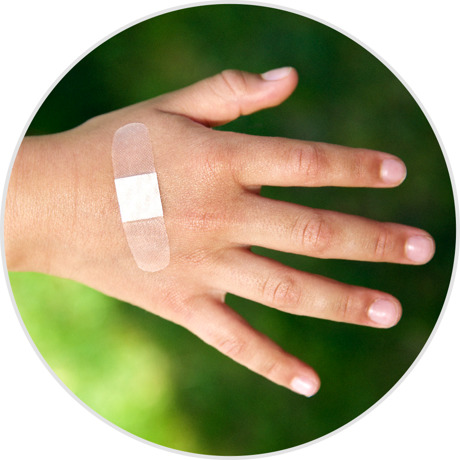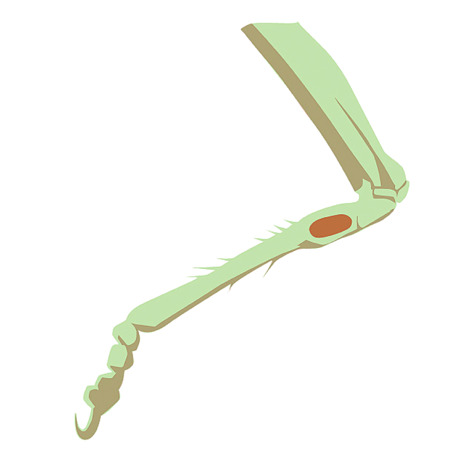The
Byssus of the Marine Mussel
LIKE barnacles, marine mussels attach themselves to rocks, wood,
or ship hulls. However, unlike barnacles, which fasten themselves tightly to a
surface, marine mussels dangle by a network of thin filaments called byssus
threads. While this method increases the mussel’s flexibility for feeding and
migration, the threads seem too flimsy to withstand the impact of ocean waves.
How does the byssus allow the mussel to hang on and not be swept out to sea?
Consider: Byssus threads are stiff on one end, yet soft
and stretchy on the other. Researchers have found that the precise ratio used
by the mussel—80 percent stiff material to 20 percent soft—is
critical for providing the strongest attachment. Hence, the byssus can handle
the force of dramatic pulling and pushing by marine waters.
Professor Guy Genin calls the results of this research
“stunning,” adding: “The magic of this organism lies in the structurally clever
integration of this compliant region with the stiff region.” Scientists believe
that the design of the byssus threads could have uses as diverse as attaching
equipment to buildings and underwater vessels, connecting tendons to bones, and
sealing surgical incisions. “Nature is a bottomless treasure trove, as far as
adhesion strategies go,” says J. Herbert Waite, a professor at the University
of California in Santa Barbara, U.S.A.
What do you think? Did the byssus of the marine mussel come about
by evolution? Or was it designed?



















